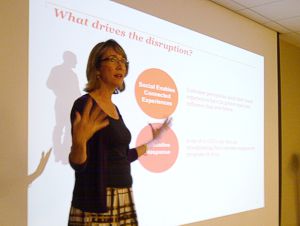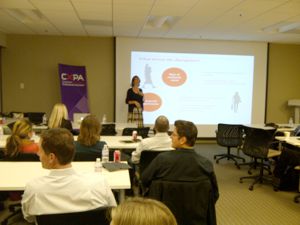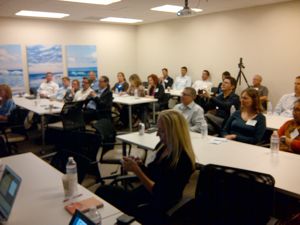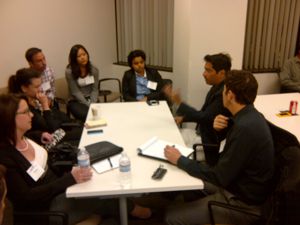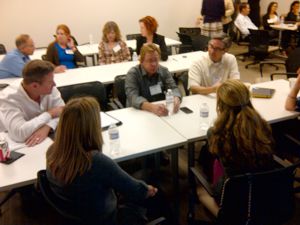As customers take their Journey with your company, they may be happy because it was pleasant and rewarding. They might be frustrated because they stumbled along the way – perhaps a touchpoint failed or did not meet expectations.
Whatever customers feel, it means everything
According to Beyond Philosophy, “Emotions drive everything we do.” In the book, The DNA of Customer Experience, Colin Shaw bases his content on “how emotions drive value”, making the point that emotions resulting from customer’s experiences causes advocacy, recommendations, brand loyalty, attention, and, conversely, destroying behavior. In The Customer eXperience Revolution, Bean and VanTyne pose that “An emotional connection is formed with every aspect of the relationship with the consumer”, from the first ad they see, through the investigative and buying phases, to actual use and the eventual end of the product or service. Lastly, per the folks at SalesBrain, we are such emotional beings, we use our emotions to make decisions, then later, we rationally defend our decisions using post imposed logic. And, we’ll argue it was the other way around!
We want customers to be happy, delighted, and raving about our companies and our brands. Right? And, if our customers aren’t happy, we should take immediate steps to find the root cause and fix it.
Do you blame your customers for their emotions?
How many times has this happened at your company? Someone finds out that customers are upset or frustrated about a service. During discussions, the conversation is suddenly reversed and your customers are blamed for their opinions and emotions. For example, someone says “the service is fine, customers just don’t understand how it works”. Or, “that’s the way it’s always been, I don’t see why we would change it.” How about, “well they’re just stupid if they can’t figure it out.” Here’s one I heard just the other day: “Geeze, not that again!” (Really, why wasn’t it fixed the first time?)
Let’s stop blaming our customers for our own lack in not meeting their expectations, and let’s put our efforts back to delighting them at every touchpoint.
Happy R.A.V.I.N.G. Customers!
In my new book, Happy R.A.V.I.N.G. Customers!, “Chapter 3. R = Reality Check” focuses on how you can identify the journeys and emotions your customers are on. You’ll learn how wearing your customer hat can help you better understand from their viewpoint and develop experiences that are important to them.
Buy it now on Amazon amzn.com/099102740X.
RavingCX readers SAVE 10% at createspace.com/4628573– enter discount code: CG83XLJ6





